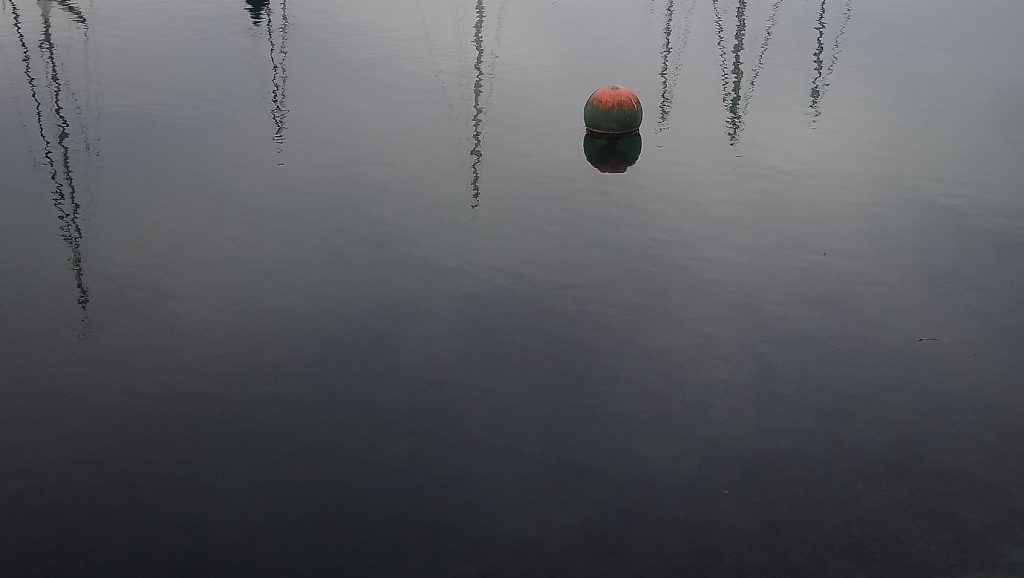John Barry
Professor of green political economy
28/04/2020
We have been here before. Massive social and economic disruption. Rapid and massive intervention by states around the world to minimise or prevent social disaster. Except it was the 2008-09 global financial crisis where states bailed out the banks. In the wake of that crisis there was a lot of talk about, and an opportunity for a ‘Green new deal’, using the various stimulus packages being proposed by states to usher in a step change in the economy, encompassing a low carbon, inclusive agenda for a different economy. But it failed.
Now states have been forced to ‘bail out the people’, find money to shore up national health care systems, leading to them effectively implementing a ‘basic income’ for workers to compensate them for staying at home, to nationalising all public health resources within their jurisdictions, and injection trillions in ‘quantitative easing for the people’ as an emergency measure… But vital those these state interventions are, this emergency and stabilisation strategy by states needs also to move onto thinking about what a post-pandemic economy looks like. Is it a return to the ‘status quo ante’, a completely understandable ‘back to normal’ desire, or should we also be thinking of ‘building back better’? To paraphrase a popular meme put it on social media, ‘The coronavirus has cancelled the future. But that’s OK. It was pretty crap one anyhow’.
In devising stimulus packages and bailouts there is a growing chorus amongst a variety of voices broadly agreeing on ensuring climate action and decarbonisation are at their heart. These range from ‘insider’ voices such as the International Energy Agency’s Director Fatid Biriol stating that “stimulus packages offer an excellent opportunity to ensure that the essential task of building a secure and sustainable energy future doesn’t get lost amid the flurry of immediate priorities” to the UN General Secretary António Guterres calling for both a green and pro-poor response to the pandemic and to ensure we ‘recover better’. These chime with more radical positions that have been.
Overall, the Green New Deal proposals from a decade ago, supplemented now by the more developed ‘just energy transition’ idea and policy platform, still stands as necessary and workable strategies for decarbonising economies, providing employment and managing our planned retreat from fossil fuels as modest first steps in addressing the planetary emergency. The ‘green new deals’ implemented in the wake of the 2008 financial crisis did not lead to a significant decarbonising of the economy, or a paradigm shift towards a sustainable economy. Green fiscal measures and investments amounted to around 16% of total fiscal stimulus spending in 2008-09.
It is telling that states have acted urgently on the Convid-19 emergency whereas despite parliamentary and local government declarations of ‘climate and ecological emergencies’, we have witnessed little if any climate action.
States, in drawing up economic stimulus and recovery plans to respond to the pandemic have a second chance to ensure that this time around they address the planetary emergency, social inequalities, precarious work and the lack of resilience many of the systems (not least food) that rely on globalised (and therefore vulnerable) supply chains. There are multiple co-benefits that could be realised if states and populations
Airlines for example are calling out for state bailouts.
The pandemic has effectively threatened the viability of the global aviation industry. But here governments should use any bailout package to ensure the airline industry transforms in line with climate science targets for reducing carbon emissions. That is, there is an opportunity for states to implement a ‘just transition’ for the aviation sector whose future expansion is simply not compatible with staying within the commitments of the IPCC 1.5 degree target. But whose workforce should not be sacrificed to achieve those climate targets. The 2018 IPCC report recommended that “limiting global warming to 1.5C would require rapid, far-reaching and unprecedented changes in all aspects of society”.
Well the pandemic has fast forwarded this. Or rather it has brought cheap rhetoric into contact with hard reality.
Greening finance – From institutional investors to pension funds financial actors are looking for safe assets to hold. Investment in low carbon infrastructure through the issue of ‘green bonds’ by governments could finance a green stimulus. They could be issued either directly by central governments, or through national or regional green investment banks. This could be accompanied by cross-national state cooperation for the orderly, urgent and large scale divestment from carbon energy across the global financial system.
Food – The pandemic has exposed the fragility of the UK’s food supply chain, with limited storage, a just-in-time supply model, and dependence on imported food. Alongside shifting agriculture away from its dependence on carbon energy inputs, investment and innovation is needed to enhance food security, sufficiency and resilience through the selective relocalisation of the food chain. Here, as with energy and housing, the Preston model of local wealth creation and using public sector anchor institutions to create local markets and links between local production and consumption offers a real world example of a different economy.
Energy – Governments should use their stimulus packages to quicken the transition to low carbon energy systems. Investment in renewable energy sources, along with low carbon energy infrastructure, especially the upgrading of national electricity grid systems away from centralised carbon energy plants will ensure countries can meet decarbonisation targets. This should also include R&D and roll out of battery storage technologies and associated infrastructural investment, and the ending of fossil fuel subsidies.
Housing – a low cost and quick policy win would be to roll out a massive insulation programme, targeting the most vulnerable fuel poverty households first. This would pay for itself in energy savings, improved health and wellbeing outcomes, provide non-outsourceable green employment and reduce carbon emissions.
As almost all the above changes (and the many other sectors that will also have to transform) have employment and other economic impacts along the supply/value chain, an overarching strategy and narrative integrating green stimulus initiatives must be around a ‘just transition’. That is, insuring as far as possible, that as we ‘build back better’ and lay down the infrastructural foundations for a regenerative, low carbon economy, that ‘no community is left behind’ and the most vulnerable in society do not bear the costs of this transition.
Conclusion
Despite the various declarations of ‘climate and ecological emergencies’, we now know what a ‘real emergency’ looks like, and what it requires. And we can start with dusting off and updating plans for ‘green new deals’ from a decade ago. Incomplete and modest as they were, it means we are not starting from scratch. When history and science agree you know something profound is going on. We had a chance a decade ago. Let’s not lose this rare second chance at making a first impression. Let’s build back better.






